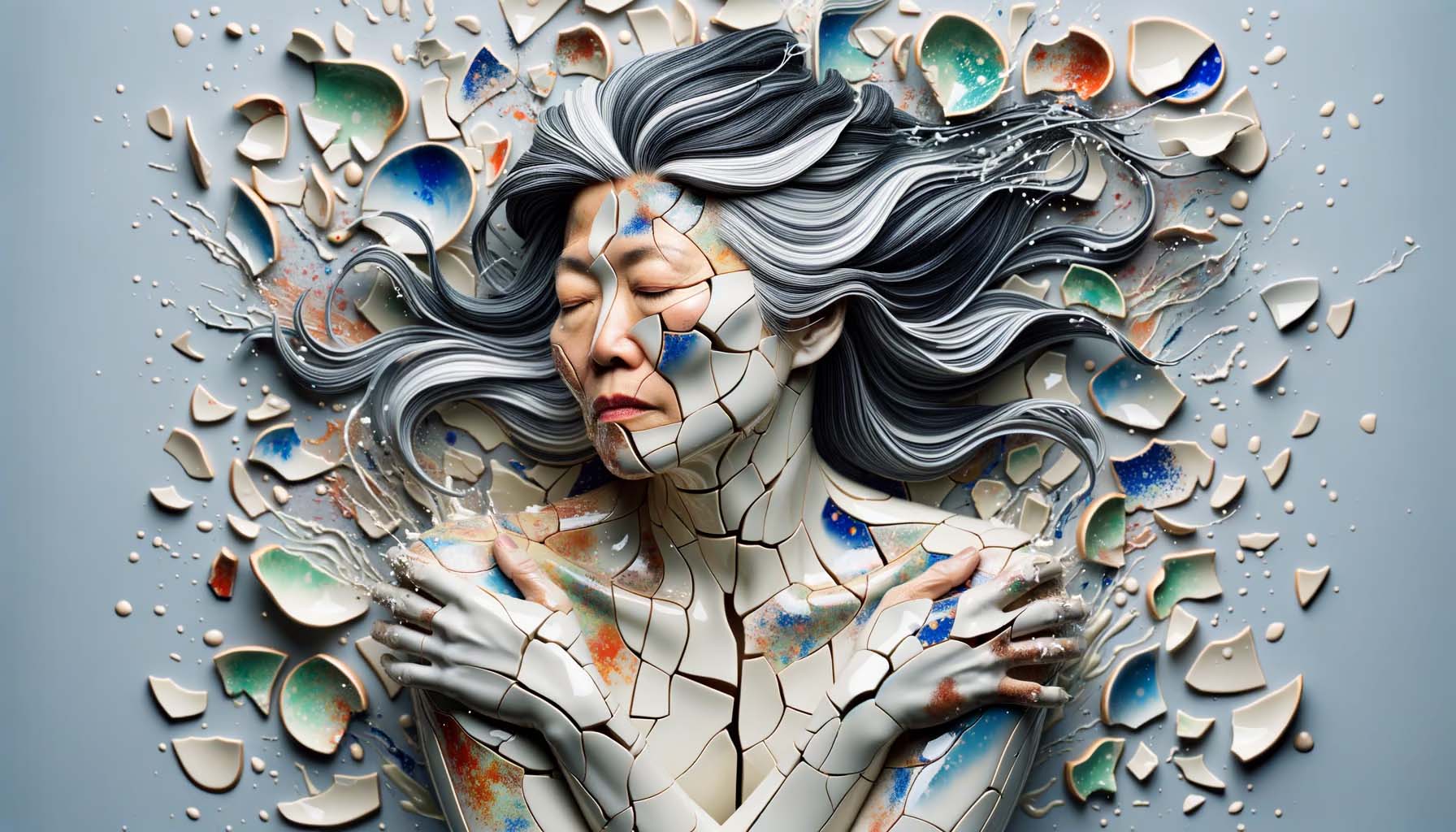Generative Agents: Simulating Human Behavior with AI
Explore the cutting-edge world of generative agents, where artificial intelligence simulates human behavior to unlock new possibilities in healthcare, entertainment, education, and more.
Let’s explore how DALL-E 3 is revolutionizing the way we create and interact with images from text descriptions.

In the fascinating realm of artificial intelligence, few advancements have sparked as much excitement as DALL-E 3. This latest iteration of OpenAI’s text-to-image model is not just an upgrade; it’s a groundbreaking leap forward. Let’s explore how DALL-E 3 is revolutionizing the way we create and interact with images from text descriptions.
DALL-E 3 is the third version of OpenAI's revolutionary text-to-image model. It can generate highly detailed and coherent images from textual descriptions, pushing the limits of what we thought possible in AI-generated art. From simple prompts to intricate descriptions, DALL-E 3 can bring words to life with stunning accuracy and creativity.
The magic behind DALL-E 3 lies in its advanced algorithms and deep learning techniques. Here’s a closer look at how it all comes together:
DALL-E 3 introduces several key innovations that set it apart from its predecessors:
The potential applications of DALL-E 3 are vast and varied, spanning numerous fields:
DALL-E 3 is a testament to the rapid advancements in AI technology. As these models continue to evolve, we can expect even more sophisticated and versatile tools for image generation. The future promises AI that can not only create images but also understand and interact with them in more complex ways.
As with all powerful technologies, the rise of DALL-E 3 brings ethical considerations. It’s crucial to ensure that the use of AI-generated images respects copyright laws and avoids generating harmful or misleading content. OpenAI is committed to promoting responsible use of its technologies, implementing safeguards to prevent misuse.
DALL-E 3 is pushing the boundaries of what text-to-image models can achieve. With its advanced capabilities and wide range of applications, it’s set to transform industries and redefine our creative processes. As we embrace this technology, we step into a future where the line between imagination and reality becomes increasingly blurred.
The advent of DALL-E 3 marks a new chapter in the story of AI-generated art. It’s a chapter filled with endless possibilities, where our words can effortlessly transform into vivid, detailed images, unlocking new realms of creativity and innovation.